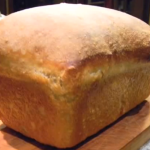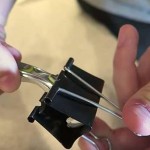Basic Trout Fishing Tips and Tactics
Trout are abundant in US waters, and can be found in streams, brooks, rivers and lakes. There are three main species of trout in the country, and each one has certain idiosyncrasies that are important to know about. Let’s take a look at some basic information and strategies that can help you to spend more time catching trout instead of waiting for a bite.
Species

Brown, brook and rainbow trout are the most common species in the country. Rainbow trout are normally found in the Western United States, but they are commonly found in stocked bodies of water throughout the country. They are also the most acrobatic and put up a fierce fight when caught. They prefer big and fast moving streams and rivers.

Brown trout are very skittish and scare easily. They are known to head into deeper waters and hide if they see the angler’s shadow, and they can lay low for hours. Fishing for brown trout requires a lot of patience and care in order to blend in with the surrounding scenery. They like to lurk in areas with heavy cover, over-hanging branches and falling trees. They tend to stay in deeper pools of water before heading to the shallows to feed on small insects in the early morning and late afternoon. Brown trout are also the largest of the three species, and can easily grow to more than 25 inches long. However, the most common size ranges from about 14-18 inches in length, which still makes for a nice meal.
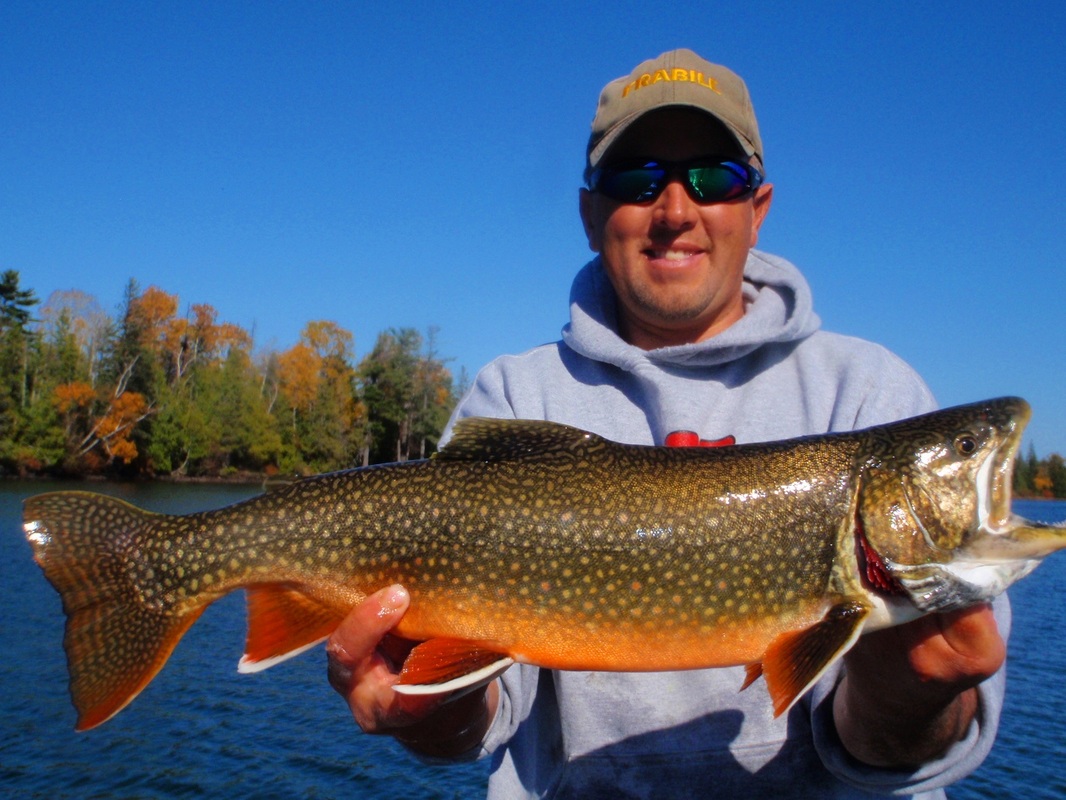
Brook trout grow to about 8-12 inches long and prefer to swim in smaller brooks and streams that have good water quality. They take advantage of vegetation and debris for cover, and are relatively easy to catch. However, they do put up a good fight, and it’s important to wear them out before reeling them in to minimize the chances of loosing the catch.
Bait and Tackle
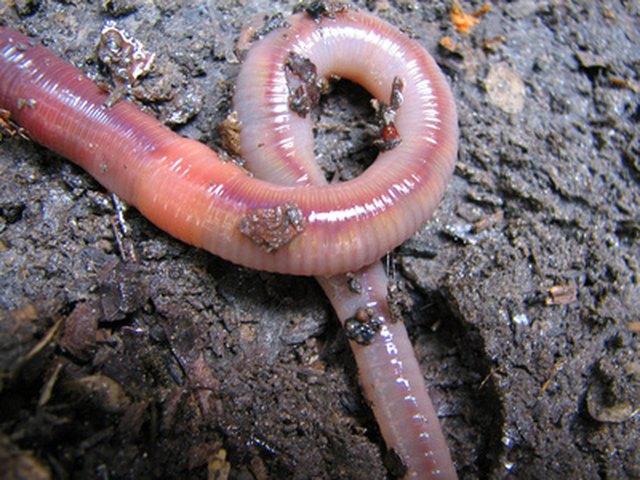
One of the best baits for trout is the sturdy nightcrawler. While you can use minnows, grubs, lures and chum, nightcrawlers have just enough density to cast easily. They also drift in the water in a manner that appeals to trout. Use 10-14 normal, bronze hooks and 4-6 lb test line for trout fishing. You want to spin cast and use a spinner reel for maximum effect. Remember that trout are very in-tune with their surroundings, and they can detect lines and hooks very easily. Less is definitely more when it comes to effectively fishing for trout.
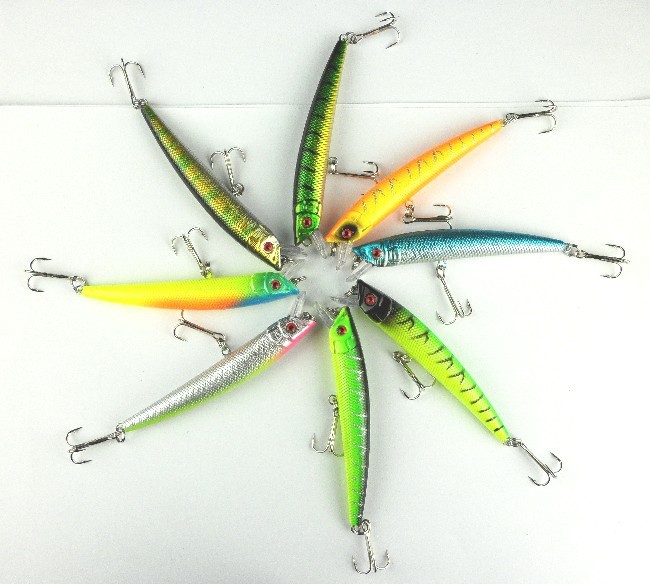
Jigs, spinners and other hardware that mimics minnows can also work provided they are colored to match prey that trout eat. You may need to be patient and allow for some trial and error to determine which options work best for you in the waters you are fishing.
You also want to avoid using bobbers, sinkers or lures for trout. They like to chase their prey as it drifts downstream, and the more natural you make it look, the more appealing the bait will be to a prospective trout. Cast the line upstream and allow it to drift as you slowly reel it in. You want to make sure you are accurate with your casting in order to avoid scaring the fish by making numerous attempts. Trout tend to avoid something that looks to suspicious.
Trout tend to be most active in the early afternoon in the spring when water is warmer. They tend to be more active in the mornings during the summer before water gets too hot.
Remember to avoid stepping into the water or casting shadows to avoid spooking the fish. This can shut down any potential for a fast and easy catch. Also, remember to fish naturally, using currents, baits and lures that mimic behavior of common prey. Finally, remember to be patient and to experiment with different techniques until you find the ones that work best for where you are fishing. Trout fishing is not complicated, but it does require a little bit of knowledge, experience and skill before you start consistently reeling in fish. The good news is once you get the hang of things, the payoff can be tremendous.





